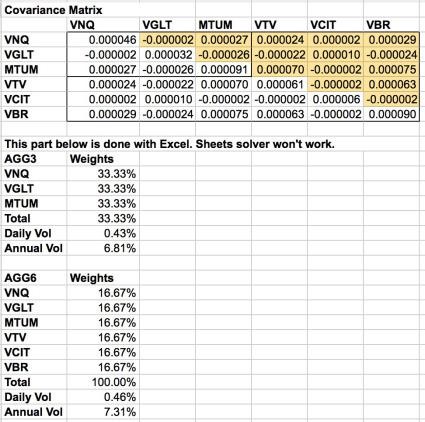Reducing Risk With Options FX Forum
Post on: 7 Июль, 2015 No Comment

Reducing Risk With Options
02-06-2015, 11:39 AM
Many people mistakenly believe that options are always riskier investments than stocks. This stems from the fact that most investors do not fully understand the concept of leverage. However, if used properly, options can have less risk than an equivalent position in a stock. Read on to learn how to calculate the potential risk of stock and options positions and discover how options — and the power of leverage — can work in your favor.
What Is Leverage?
Leverage has two basic definitions applicable to option trading. The first defines leverage as the use of the same amount of money to capture a larger position. This is the definition that gets investors into trouble. A dollar amount invested in a stock and the same dollar amount invested in an option do not equate to the same risk.
The second definition characterizes leverage as maintaining the same sized position, but spending less money doing so. This is the definition of leverage that a consistently successful trader incorporates into his or her frame of reference.
Interpreting the Numbers
Consider the following example. If you’re going to invest $10,000 in a $50 stock, you might be tempted to think you would be better off investing that $10,000 in $10 options instead. After all, investing $10,000 in a $10 option would allow you to buy 10 contracts (one contract is worth one hundred shares of stock) and control 1,000 shares. Meanwhile, $10,000 in a $50 stock would only get you 200 shares.
In the example above, the option trade has much more risk compared to the stock trade. With the stock trade, your entire investment can be lost, but only with an improbable movement in the stock. In order to lose your entire investment, the $50 stock would have to trade down to $0.
In the option trade, however, you stand to lose your entire investment if the stock simply trades down to the long option’s strike price. For example, if the option strike price is $40 (an in-the-money option), the stock will only need to trade below $40 by expiration for your entire investment to be lost. That represents only a 20% downward move.
Clearly, there is a large risk disparity between owning the same dollar amount of stocks to options. This risk disparity exists because the proper definition of leverage was applied incorrectly to the situation. To correct this problem, let’s go over two alternative ways to balance risk disparity while keeping the positions equally profitable.
Conventional Risk Calculation
The first method you can use to balance risk disparity is the standard, tried and true way. Let’s go back to our stock trade to examine how this works:
If you were going to invest $10,000 in a $50 stock, you would receive 200 shares. Instead of purchasing the 200 shares, you could also buy two call option contracts. By purchasing the options, you can spend less money but still control the same number of shares. The number of options is determined by the number of shares that could have been bought with your investment capital.
For example, let’s suppose that you decide to buy 1,000 shares of XYZ at $41.75 per share for a cost of $41,750. However, instead of purchasing the stock at $41.75, you could also buy 10 call option contracts whose strike price is $30 (in-the-money) for $1,630 per contract. The option purchase will provide a total capital outlay of $16,300 for the 10 calls. This represents a total savings of $25,450, or about a 60% of what you could have invested in XYZ stock.














